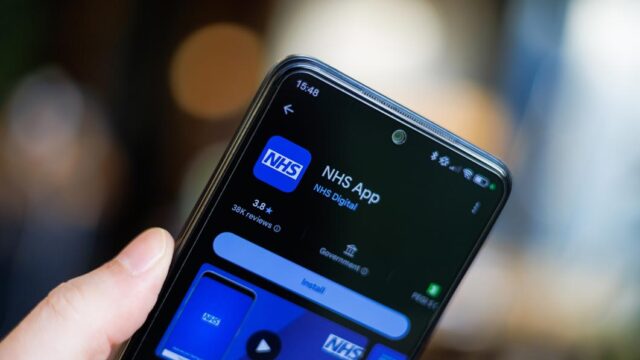Advertisment
Why is 3D printing good for paediatric tablets?

Three-dimensional (3D) printing is a method of creating a 3D object layer-by-layer using computer-created design. It has been used to produce personalised bone grafts and dental implants but it can also be used to produce tablets containing personalised doses of medicines. Pharmacist and PhD student Iris Lafeber (University of Leiden Medical Centre, The Netherlands) is involved in developing and testing such products. IMI spoke to her to find out more.
Ms Lafeber’s PhD work on 3D printing of pharmaceuticals encompasses drug product development and technical development of the printers but also work on the societal impact and clinical research. At the GERPAC congress in 2023 she presented the results of a study entitled “The determination of bio-equivalence of 3D printed doses for paediatric use”. This described how 3D printed tablets containing sildenafil had been prepared and then tested not only against manufacturing standards (product uniformity, drug content etc) but also for bio-availability (i.e. the extent and rate at which the drug reaches the bloodstream).
The technique of 3D printing has been in use since the 1980s and has been applied in a wide range of fields to make prototypes by building them up in layers, based on a computer-created model. The printing process is digitally controlled which allows for precise adjustment of the dose. “It’s a manufacturing technique which makes one-of-a-kind products and that’s also something that we would want in the pharmaceutical healthcare”, says Ms Lafeber. No two patients are exactly the same and while the pharmaceutical industry makes good quality products based on a one-size-fits-all principle, some patients benefit more from personalised products or doses, which is what the 3D printer is ideal to produce, she explains.
One field in which 3D printing may be particularly advantageous is paediatrics. Paediatric patients span a wide range of sizes and metabolic capacities – from pre-term babies to adolescents – and require a wide range of doses to meet their needs. Often the available tablets are too bulky for children to swallow and the doses are too large. Pharmacists often have to compound medicines for children, for example by preparing tailor-made oral solutions, but this is a labour- and time-intensive process. “3D printing could be especially suitable for paediatric doses because it can produce the correct dose for paediatric patients without the extra labour that is needed when compounding, for instance, an oral solution”, says Ms Lafeber.
Read and watch the full series on our website or on YouTube.









